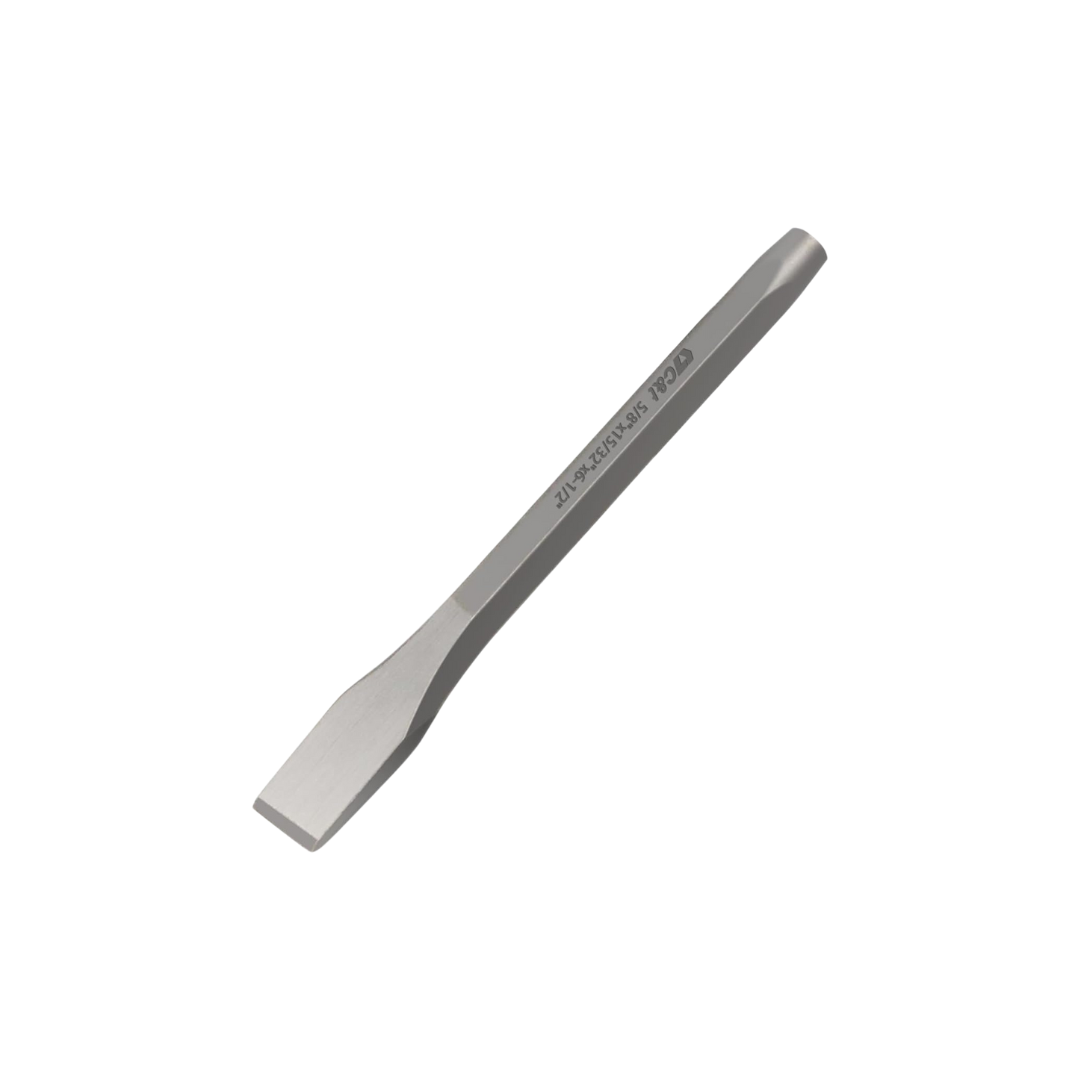We may be compensated if you purchase through links on our website. Our team is committed to delivering honest, objective, and independent reviews on home products and services.
Project details
Skill
Cost
Estimated Time
Harvesting rainwater is an eco-friendly way to conserve water and reduce utility bills. A rainwater collection system captures runoff from your roof, storing it for later use in gardening, lawn care, and other outdoor tasks.
In the video above, This Old House landscape contractor Roger Cook demonstrates the installation process of a rainwater pillow system, showcasing its benefits over a simple rain barrel. This article describes how to install a rainwater collection system based on Cook’s advice.
Types of Rainwater Collection Systems
There are several types of rainwater collection systems available, each suited to different needs:
- Rain barrels: Small-scale storage containers typically hold 50-100 gallons, ideal for limited space.
- Cisterns: Large underground or above-ground tanks store hundreds to thousands of gallons, suitable for extensive use.
- Rain pillows: Flexible, high-capacity storage solutions that can be placed in unused spaces such as under decks.
- Rain gardens: Landscaped areas designed to collect and filter rainwater naturally, enhancing garden aesthetics and functionality.
Planning Your Rainwater Collection System
Before installation, plan your system carefully to ensure its effectiveness and compliance with local regulations. Proper planning means assessing your needs, understanding local building codes, and selecting the right components for your setup.
Consider the following factors when planning your system:
- Available space: Identify unused or unobtrusive spaces around your home. The size of your available space will determine which type of collection system you’ll install.
- Intended water usage: Determine how much water you need for gardening and other outdoor activities.
- Annual rainfall in your area: Know the average rainfall to estimate potential collection.
- Roof size and material: Larger roofs can collect more rainwater, and non-toxic roofing materials prevent contamination.
- Local building codes and regulations: Ensure you comply with any required permits or restrictions.
Installing a Rainwater Pillow System
A rainwater pillow system offers a high-capacity storage solution that can be installed in unused spaces like under a deck. This section will guide you through the step-by-step process of installing your system efficiently.
Tools You’ll Need
Step 1: Prepare the Installation Area
To prepare for installation:
- Clear the area of debris: Remove any leaves, sticks, and other physical debris. Use a chisel if necessary.
- Sweep the surface clean: Ensure the concrete or ground surface is smooth and clean.
- Lay down a thick plastic tarp: This protects the pillow from abrasion.
Step 2: Place Rainwater Pillow
Once the area is prepared, carefully position the rainwater pillow on the protective tarp. Make sure inlet and outlet fittings are easily accessible to facilitate easy connections.
Step 3: Install the Filtration System
A proper filtration system is crucial to keep debris out of your stored water:
- Mount the filter box near the downspout. This will capture water directly from the roof.
- Install a filter pad within the box. It helps keep out leaves and other debris.
- Connect the downspout to the filter box. Use PVC elbows and pipes to channel water efficiently.
- Attach flexible tubing from the filter box to the pillow.
Step 4: Connect the Pump System
To make use of the collected water, you’ll need a pump system to deliver it to your garden.
- Install a ball valve on the side of the pillow. This allows for easy water control.
- Connect flexible piping from the valve to a high-pressure electric pump.
- Attach a garden hose to the pump.
- Install an overflow pipe.
Maximizing Your Rainwater Collection System
To get the most out of your rainwater collection system, consider these tips and best practices. Efficient usage and regular maintenance ensure longevity and high performance of your system.
Clean gutters and downspouts regularly, and inspect and clean the filtration system as needed. Periodically check for leaks or damage, and winterize the system in colder climates by draining and protecting the system to prevent freezing.
Practical Applications
Using collected rainwater isn’t limited to just gardening. Here are some practical applications around the home that can further enhance your conservation efforts:
- Vehicle washing: Using rainwater is gentle on car paint and can save a lot of tap water.
- Flushing toilets: With some plumbing adjustments, rainwater can be used for flushing, significantly reducing potable water use.
- Cleaning outdoor areas: Decks, patios, and driveways can be cleaned using rainwater, reducing your reliance on treated water.






